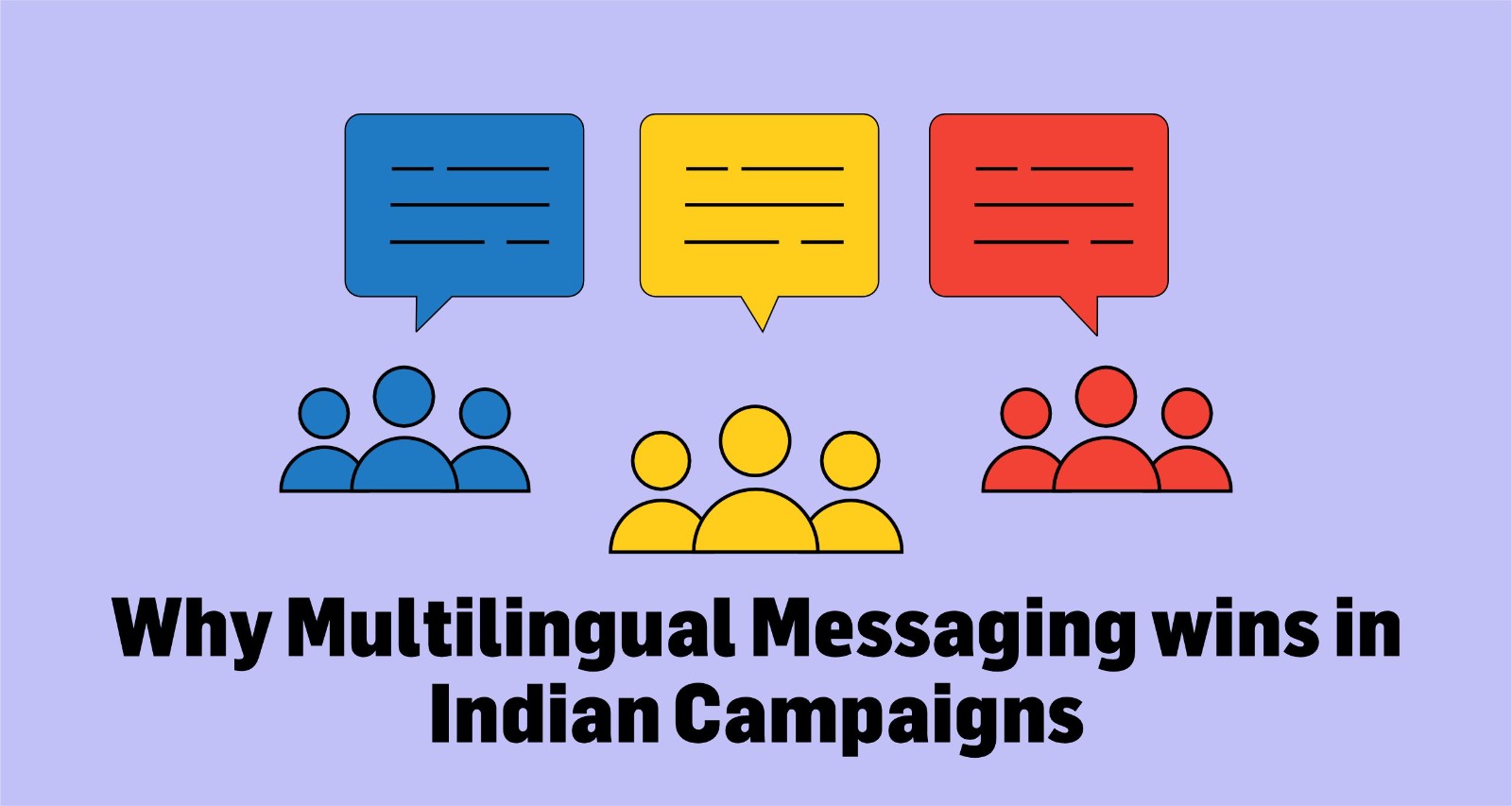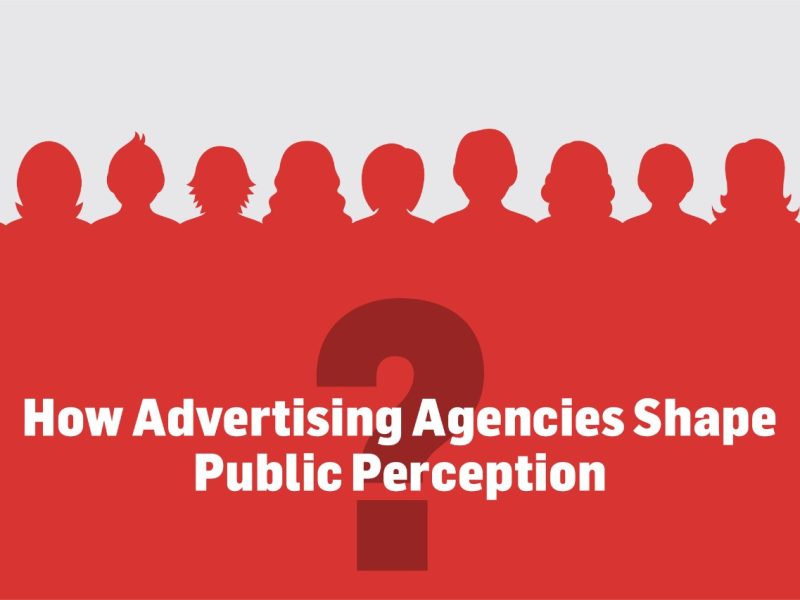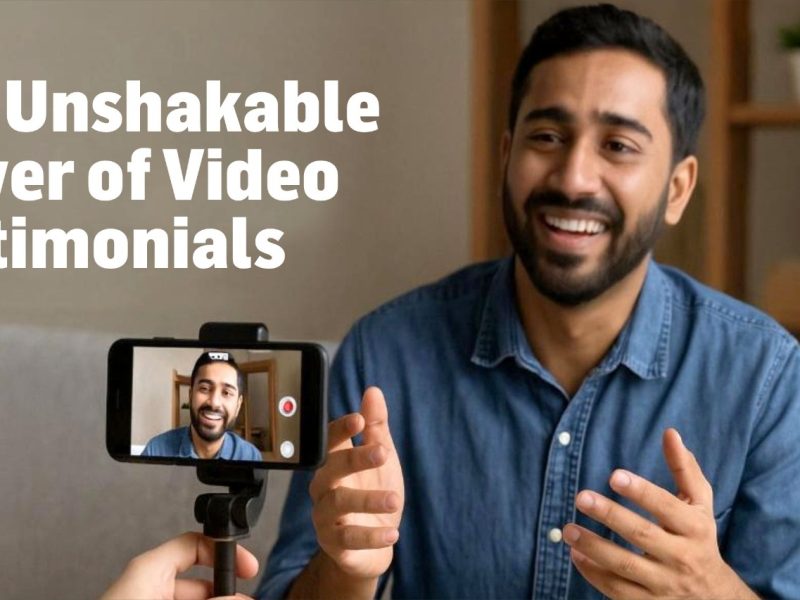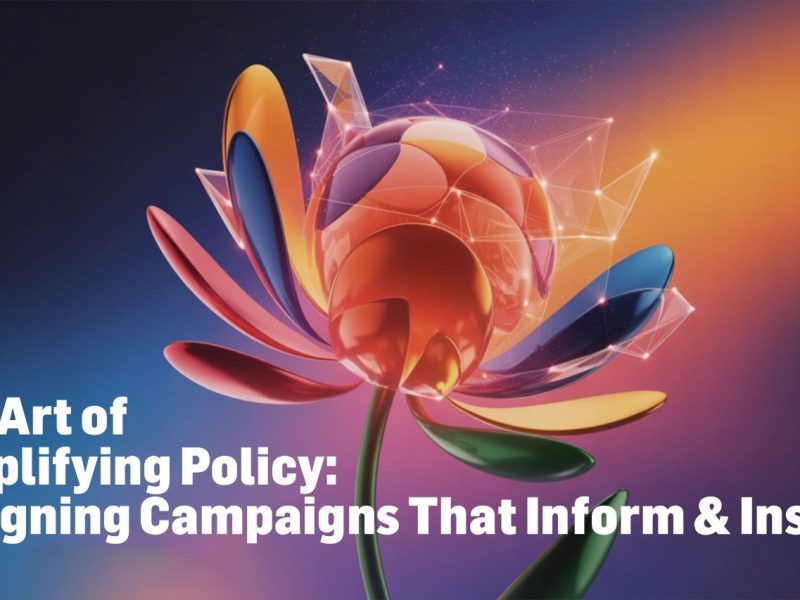
Why Multilingual Messaging wins in Indian Campaigns
In India’s tapestry of 22 official languages and over 600 dialects, one-size-fits-all messaging isn’t just ineffective- it’s invisible. The brands that speak multiple tongues are the ones that stand out, win hearts, and build lasting trust.
Let’s explore why multilingual messaging isn’t just smart. It’s essential.
Campaigns that sound like home
Imagine a universe where your grocery app speaks your language, not just English or Hinglish. Meesho’s “Arre Waah” campaign did exactly that by tailoring content in Hindi, Bengali, Tamil, and more, and saw massive engagement across India’s diverse regions. It wasn’t a dubbed afterthought; it was crafted, relatable storytelling.
Godrej Appliances took it further during the festive season. In tier‑2 and tier‑3 markets, they poured over 50% of their ad spend into vernacular content- on e‑commerce, OTT, and digital platforms, because regionally spoken campaigns delivered lead-generation results they simply couldn’t ignore.
Campaigns that feel real
When a brand speaks in the local dialect, it stops being a message- it becomes a conversation. Take Univercell Mobile’s viral ‘Chaala Inka Kawala’ campaign in Telugu, featuring action star Mahesh Babu tapping into regional mannerisms and delivering punchlines with local flair. It resonated- not because it was copy-pasted, but because it was crafted for that audience.
Evidence speaks in views (and Sales)
Regional language ads don’t just sound good, they perform. SVF’s Sunlight BoishakhiRongeen, a Bangla ad, was the most-watched regional ad on YouTube in 2021 with over 5.4 million views, a testament to how expressive and shareable native-language campaigns can be.
Beyond views, the business impact is undeniable. Vernacular ads deliver 2× higher engagement rates, significantly lower acquisition costs, and stronger conversions; especially in India’s Tier 2 and 3 cities.
When national brands feel local
Even big players are adapting. During IPL, Coca-Cola swapped protagonists based on region, explaining why Tamil superstar Vikram fronted their ‘Thanda Matlab Coca-Cola’ ad in Tamil Nadu, while Aamir Khan appeared in the North version. The canvas was national; the voices were local.
And the Army’s Eastern Command recently embraced this approach too; posting social media content in Bengali, Assamese, and Manipuri during the Durand Cup. It was strategic, inclusive, and deeply respectful.
It’s not just language. It’s cultural resonance
Poor translation is easy. True localization- ‘transcreation’- is nuanced. It adapts tone, idioms, context, cultural references. That’s what captures attention, tugs at heart-strings, and stays with audiences long after the screen goes dark.
Region-specific campaigns aren’t just about inclusion. They signal respect. And in a nation where linguistic identity runs deep, that respect becomes brand equity.
So, What’s your Brand saying?
The question isn’t should you go multilingual. It’s how soon. With every new internet user coming aboard, especially from non-metro India, your message must feel familiar, not foreign.
So, ask yourself-
Can you speak in their language?
Not just in words, but in culture, tone, rhythm?
If not yet, what’s stopping you?
Because the brands that do this well aren’t just heard. They’re remembered.




